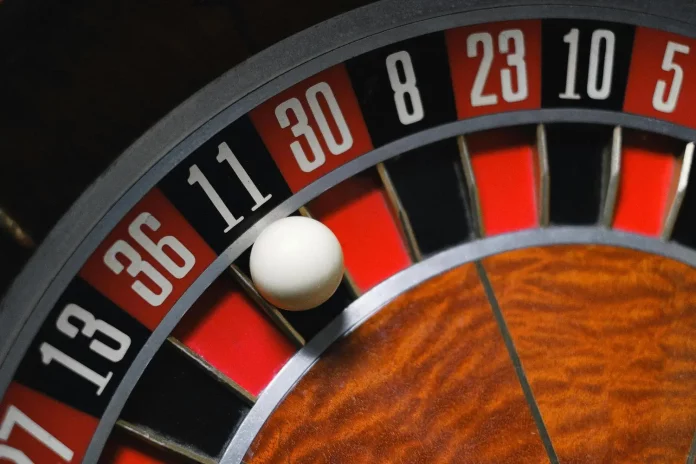Roulette, with its spinning wheel and the suspenseful pause before the ball lands, has been a casino favourite for centuries. It’s a game of chance that has inspired numerous strategies aiming to beat the odds. Today, let’s chat about three of the most famous roulette systems: Martingale, D’Alembert, and Fibonacci. While they may sound sophisticated and promise enticing wins, they have been proven not to work. Why? Let’s try to understand why these well-trodden paths might not lead you to the pot of gold you’re hoping for.
Martingale: The Double Down Dilemma
The Martingale system is simple: you double your bet after every loss, so when you win, you recover all losses plus win a profit equal to your original bet. You can do it in land-based casinos or when you play roulette online.
Sounds foolproof, right? Unfortunately, there are a couple of hitches:
- you’d need an endless bankroll to sustain you through a long losing streak
- casinos are wise to this strategy and set table limits precisely to prevent such tactics from going on indefinitely.
So, if you hit a losing streak and reach the table limit, you can’t double down anymore, leaving you with significant losses and no way to recover them.
D’Alembert: A Gentle Slope to Nowhere?
Named after the French mathematician Jean le Rond d’Alembert, this system is a bit more conservative. For every loss, you increase your next bet by one unit, and for every win, you decrease it by one unit. The idea is that your wins and losses will eventually balance out. However, the flaw in the d’Alembert system lies in the assumption that wins and losses will occur in a balanced manner. Roulette is random, and there’s no guarantee of achieving a perfect equilibrium. You could still experience long losing streaks without a corresponding number of wins to balance the scales. This will lead to gradual but steady losses.
Fibonacci: A Number Sequence That Doesn’t Add Up
The Fibonacci system is based on the famous sequence where each number is the sum of the two preceding ones (1, 1, 2, 3, 5, 8…). In this system, you move one step forward in the sequence when you lose and two steps back when you win. The logic is that the wins will cover the losses as you move back. However, the Fibonacci fails because it doesn’t account for the table limits and the huge bets you might have to place as the sequence progresses. Plus, the randomness of roulette means there’s no guarantee that a win will conveniently happen to offset the accumulated losses.
Why They Don’t Work: The House Always Has the Edge
The fundamental reason these systems don’t work lies in roulette itself. The game is designed with a house edge, meaning the odds are slightly in favour of the casino. For American roulette, with its double zeros, this edge is even steeper. No matter how you manipulate your bets, you can’t overcome this mathematical disadvantage in the long run.
Moreover, roulette is a game of independent trials. The outcome of one spin has no bearing on the next, making it impossible to predict or influence future results based on past spins. Strategies that rely on patterns or balancing wins and losses overlook this crucial aspect of the game.
So, What Should You Do?
Enjoy roulette for what it is: a game of chance. Betting systems can add an element of strategy and make the game more engaging, but they should not be seen as foolproof methods to secure wins. Set a budget, play responsibly, and remember that the thrill of roulette lies in the fun of the game, not in trying to outsmart it.



































